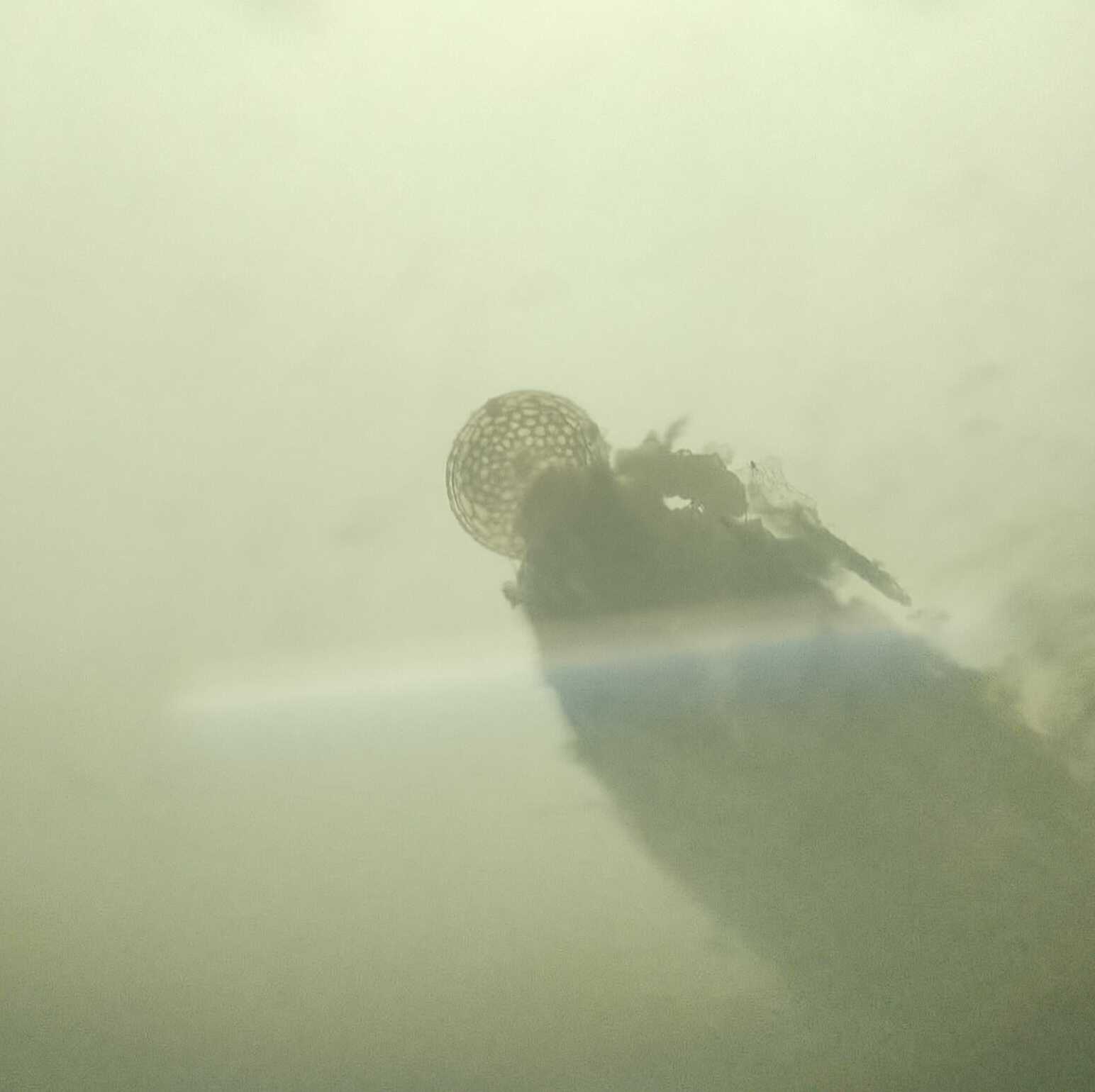Erysiphe spp. is a fungal genus that belongs to the family Erysiphaceae. These fungi are known to cause powdery mildew disease in a wide range of plants. One of the unique features of Erysiphe spp. is the formation of cleistothecia, which are specialized structures that aid in the dispersal of fungal spores.
Cleistothecia are spherical or ellipsoid structures that range in size from 100-500 µm in diameter. They are formed by the fusion of hyphae and are enclosed by a thick, pigmented wall. The wall is composed of two layers, an outer layer made up of melanin and an inner layer made up of chitin.
Inside the cleistothecium, there are several cells that contain asci, which are sac-like structures that produce eight ascospores each. The asci are arranged in a single layer around the central cavity of the cleistothecium. The ascospores are ejected from the cleistothecium through a pore at the top of the structure, which is covered by a thin membrane called the operculum.
The formation of cleistothecia is an important adaptation for survival and dispersal of Erysiphe spp. in adverse environmental conditions. The thick wall of the cleistothecium protects the fungal cells from desiccation, UV radiation, and other environmental stresses. The melanin layer also helps to absorb and dissipate heat, which reduces the risk of damage to the fungal cells.
Cleistothecia are also important for the dispersal of fungal spores. When the environmental conditions become favorable, the ascospores are ejected from the cleistothecium and dispersed by wind or other means. This allows the fungus to colonize new hosts and spread the disease.
In conclusion, cleistothecia are specialized structures that are unique to Erysiphe spp. These structures aid in the survival and dispersal of the fungus in adverse environmental conditions. The formation of cleistothecia is an important adaptation for the success of Erysiphe spp. as plant pathogens.
Tags:
plant pathology

